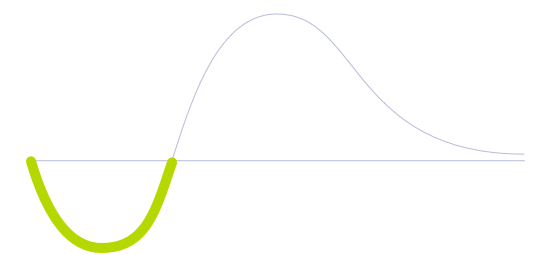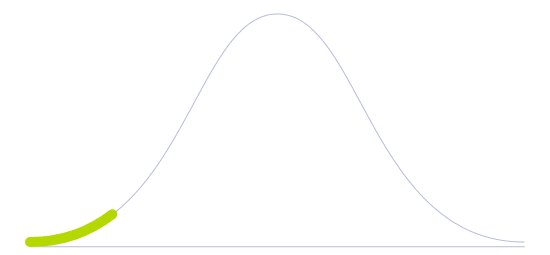Nanobot

Technology Life Cycle
Initial phase where new technologies are conceptualized and developed. During this stage, technical viability is explored and initial prototypes may be created.

Technology Readiness Level (TRL)
Experimental analyses are no longer required as multiple component pieces are tested and validated altogether in a lab environment.

Technology Diffusion
First to adopt new technologies. They are willing to take risks and are crucial to the initial testing and development of new applications.

Nanobot technology represents a cutting-edge advancement in nanotechnology, offering transformative solutions across a wide range of sectors. These microscopic robots, also known as nanorobots or nanites, operate at the nanoscale to perform tasks with unprecedented precision and efficiency. The core problems nanobot technology aims to solve include targeted drug delivery in healthcare, enhancing environmental monitoring and remediation, improving precision manufacturing processes, and enabling precise agricultural interventions.
The exact design and functionality of nanobots can vary depending on their intended applications, but they generally consist of nanoscale components such as sensors, actuators, propulsors, power sources, and communication modules. These components work together to enable the nanobot to perform specific tasks. Currently, researchers are developing different designs inspired by nature, with features including soft bodies made for swimming, crawling, or walking. Different fabrication techniques are also being developed, including physical, chemical, microfluidic, and self-assembly methods.
They can operate in different environments, including within living organisms, and they hold the potential to revolutionize numerous fields. In medicine and healthcare, nanobots could be designed to navigate through the human body, delivering drugs to highly targeted cells or tissues with high precision, working individually or as a swarm. Applied as a pill, injection, or jet injection, they could also be used for early disease detection, monitoring vital signs, performing minimally invasive surgeries, or targeting cancerous cells or tissue.
For the environment, nanobots provide innovative solutions for pollution cleanup and climate change mitigation. They can detect and neutralize hazardous substances in air and water, contributing to ecosystem restoration and protection. In manufacturing, nanobots enable the assembly of products from the molecular level up, reducing waste and energy consumption, and in agriculture, they enhance crop production through precise soil and plant condition monitoring and pest control.
Future Perspectives
Gathering data from inside the body and managing treatments in real-time could mean a revolution in the field of medicine. These extremely small-scale devices can one day become an integral part of the medical system and even become a popular method for performing some microsurgeries. By helping doctors detect infections much sooner, they enhance the patient's probability of survival by fast and precise diagnosis, thus helping emerge a novel model of body treatment.
Shortly, the development of this technology is expected to become a widespread alternative to painful procedures, such as invasive surgeries and drug blasts. Besides leukemia and cancer, this same technology will restore injured spinal cords over a relatively short period. In particular areas of the body, such as the eyes, these minimally invasive tools could apply drugs in the precise location, a task that is extremely difficult to be performed by the human hand. They could also work in nano dentistry, helping in desensitizing teeth, oral anesthesia, or straightening an irregular set of teeth.
In a more distant future, medical nanobots will be used not only to deploying local treatment but to providing holistic treatments to the patients. These nanobots could be used to releasing chemicals in sequences to treat complex mental disorders or fine-tune the operation of different organs systematically in the body. Moreover, by affecting not only the cells of the body but the internal microbiome system, the medical influence could expand through the brain-gut-skin axis to the mind and the external layers of the skin, achieving a full effect on the body.
Image generated by Envisioning using Midjourney